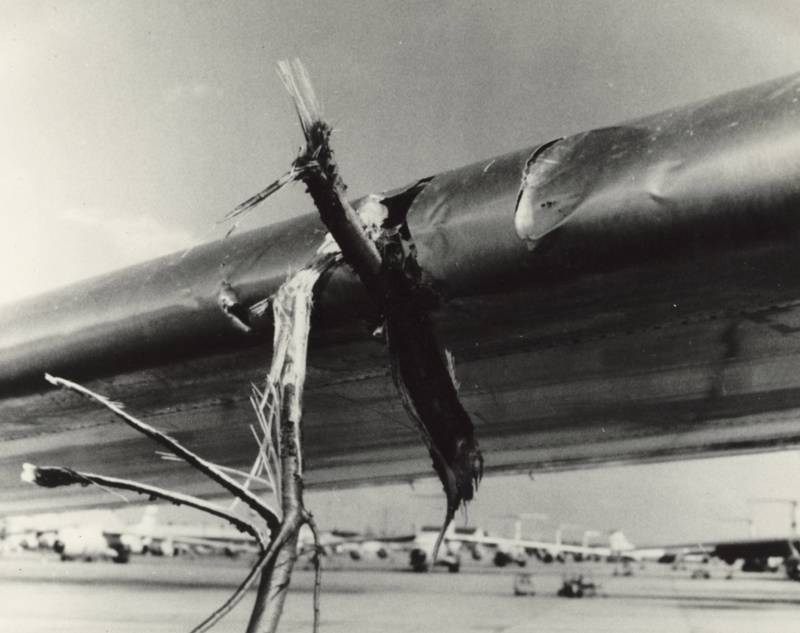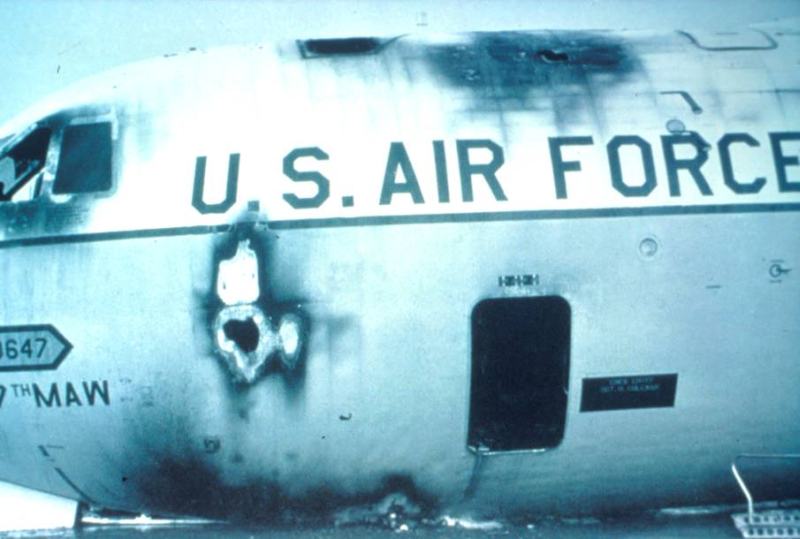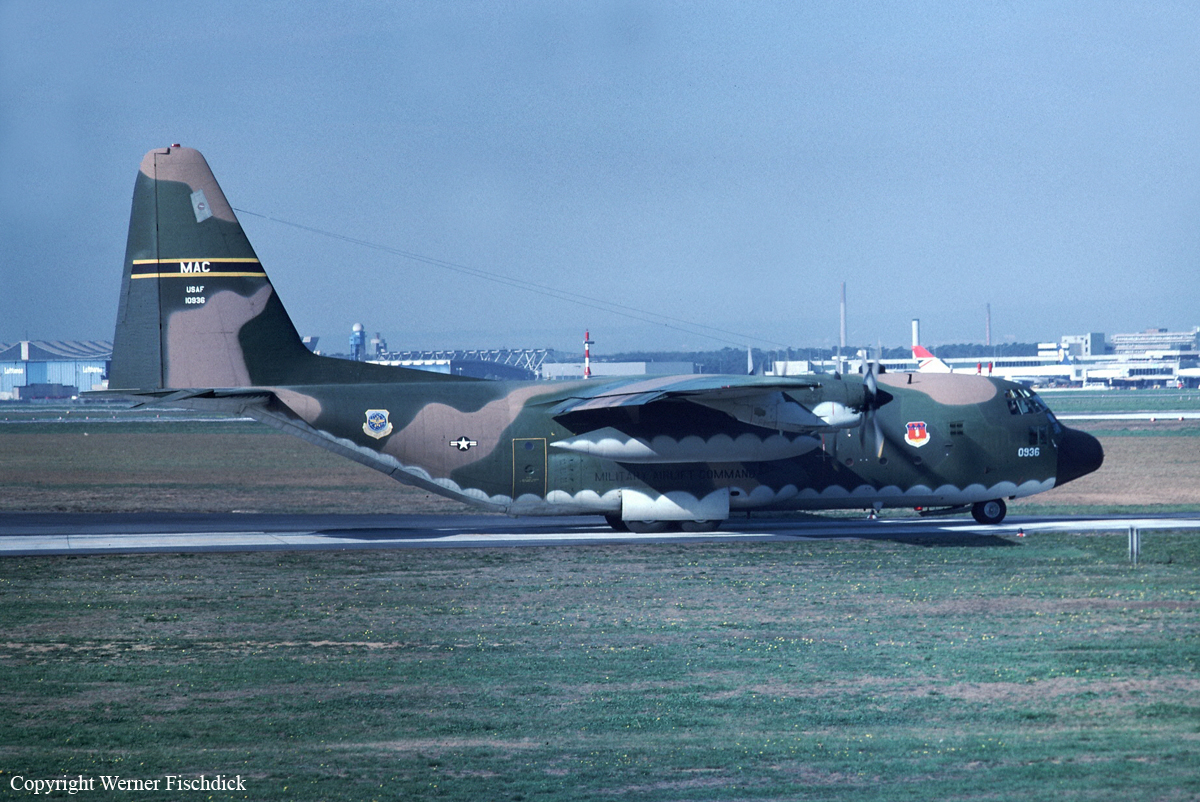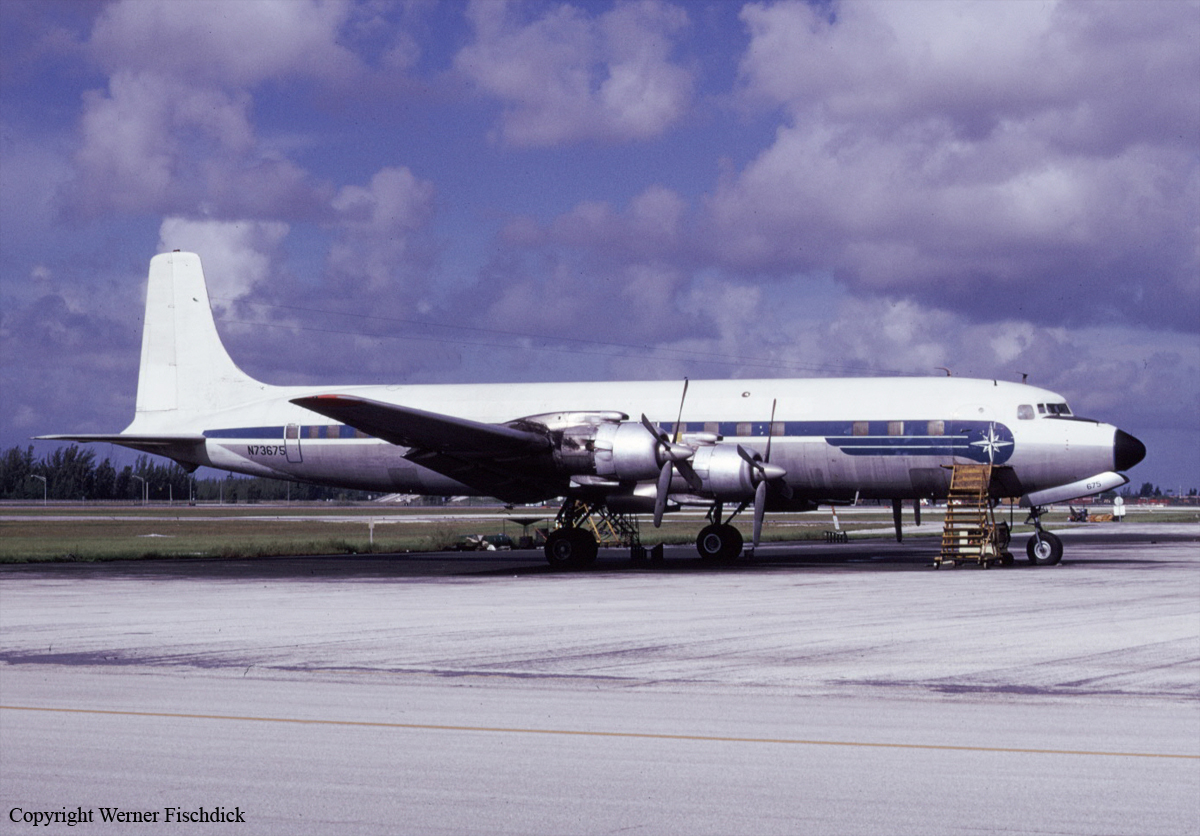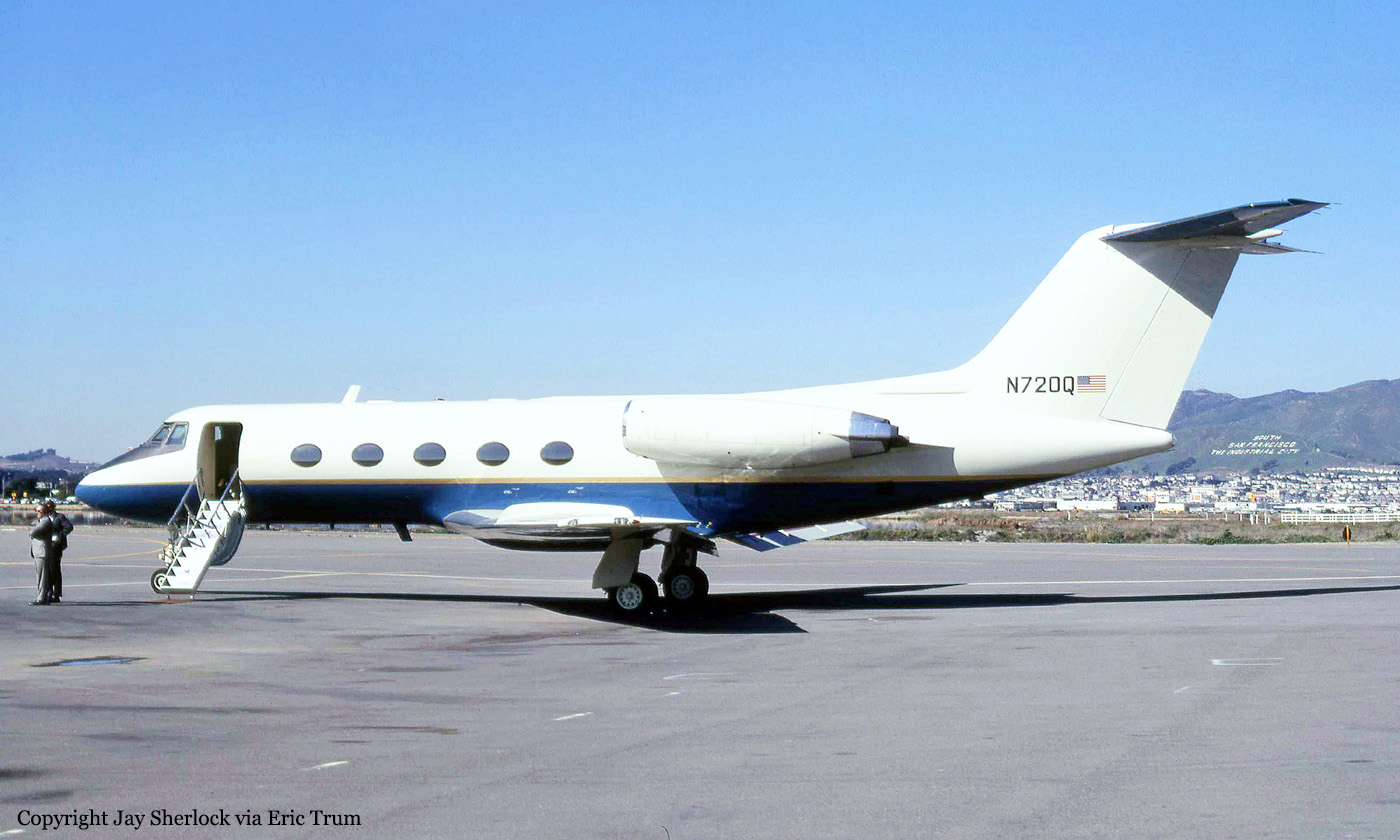Crash of a Piper PA-31P Pressurized Navajo in Charleston: 1 killed
Date & Time:
Jul 10, 1980 at 0858 LT
Registration:
N776SW
Survivors:
Yes
Schedule:
Charleston - Paducah
MSN:
31-7730009
YOM:
1977
Crew on board:
2
Crew fatalities:
Pax on board:
4
Pax fatalities:
Other fatalities:
Total fatalities:
1
Captain / Total hours on type:
705.00
Circumstances:
After takeoff from Charleston-Intl Airport, while climbing, the right engine failed. The crew contacted ATC and was cleared to return for an emergency landing. The crew made a 180 turn to reach the approach path when the airplane lost height and crashed in a wooded area. A pilot was killed while five other occupants were injured.
Probable cause:
Powerplant failure for undetermined reasons. The following contributing factors were reported:
- The pilot-in-command failed to follow approved procedures,
- Improper emergency procedures,
- Complete engine failure one engine,
- Right engine not feathered.
- The pilot-in-command failed to follow approved procedures,
- Improper emergency procedures,
- Complete engine failure one engine,
- Right engine not feathered.
Final Report:




